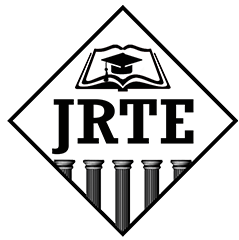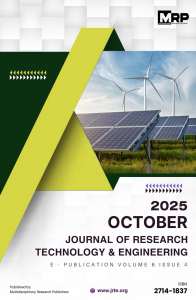Downloads
This review examines low-power techniques critical for the implementation of Micro Electromechanical Systems (MEMS)-based shock and vibration sensing systems in remote, long-term monitoring applications. The primary aim is to identify, assess, and compare strategies for reducing power consumption in sensor interfaces, signal conditioning, microcontroller units, wireless communication, and energy harvesting systems. The scope includes ultra-low-power MEMS accelerometer modules, highly efficient microcontroller units with deep sleep mode architectures, and low-power wide-area network protocols such as LoRaWAN. Methodologies involve comparing component data sheets, reviewing published literature and commercial use cases, and analyzing theoretical power consumption in operational scenarios, including periodic duty-cycling and event-driven data acquisition. In industrial applications requiring system autonomy, such as structural health monitoring of bridges or predictive maintenance, this review provides insights into effective low-power solutions. The novelty lies in synthesizing micromechanical sensing techniques, low-power wireless communication, and advanced power management strategies to support fully autonomous remote sensing systems.
Written by JRTE
ISSN
2714-1837
Our Visitors






 Users Today : 47
Users Today : 47 Total Users : 39634
Total Users : 39634 Views Today : 56
Views Today : 56 Total views : 101377
Total views : 101377 Who's Online : 0
Who's Online : 0 Your IP Address : 216.73.216.54
Your IP Address : 216.73.216.54

